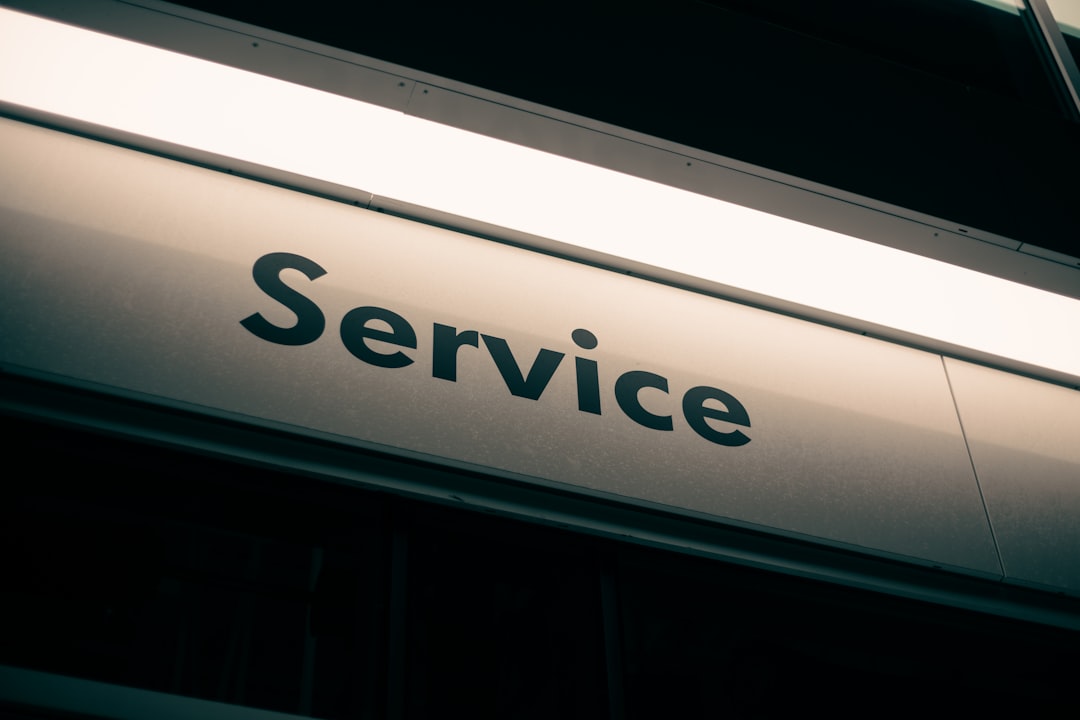
Woodinville, Washington, is a picturesque town nestled in the heart of the Pacific Northwest, surrounded by rolling hills, lush forests, and sparkling lakes. For horse enthusiasts, Woodinville offers a unique blend of rural charm and urban convenience, making it an ideal location for horse boarding. In this article, we’ll delve into the world of horse boarding in Woodinville, exploring the benefits, options, and considerations to help you find the perfect facility for your equine companion.
Benefits of Horse Boarding in Woodinville
Horse boarding in Woodinville offers a range of benefits, from convenient access to world-class trails and training facilities to a supportive community of horse owners and enthusiasts. For many horse owners, the decision to board their horse is driven by a desire to provide a safe, secure, and stimulating environment that meets their horse’s physical and emotional needs. Woodinville’s horse boarding facilities cater to horses of all breeds, ages, and skill levels, offering a range of services and amenities designed to promote overall well-being and happiness.
Types of Horse Boarding Facilities in Woodinville
Woodinville is home to a diverse range of horse boarding facilities, each offering unique services and amenities. From full-care boarding facilities that provide 24/7 care and attention to self-care facilities that offer more independence, there’s something for every horse owner’s needs and budget. Some facilities specialize in specific disciplines, such as dressage, jumping, or Western pleasure, while others offer a more general boarding experience. When selecting a facility, it’s essential to consider factors such as the quality of care, amenities, and services offered, as well as the facility’s reputation and reviews.
Full-Care Boarding Facilities
Full-care boarding facilities in Woodinville offer a comprehensive range of services, including daily feeding, grooming, and exercise. These facilities typically employ experienced staff who provide 24/7 care and attention, ensuring your horse receives the highest level of care and attention. Full-care facilities often include amenities such as indoor and outdoor arenas, pastures, and paddocks, as well as access to training and riding instructors.
Self-Care Boarding Facilities
Self-care boarding facilities in Woodinville offer more independence and flexibility, allowing horse owners to care for their horses themselves. These facilities typically provide basic amenities such as shelter, fencing, and access to water and feed, but may not offer the same level of care and attention as full-care facilities. Self-care facilities are ideal for horse owners who prefer to care for their horses themselves or have limited budgets.
Considerations When Choosing a Horse Boarding Facility
When selecting a horse boarding facility in Woodinville, there are several key considerations to keep in mind. First and foremost, it’s essential to research the facility’s reputation and reviews, speaking with current and former clients to gain a better understanding of the facility’s services and amenities. You should also consider factors such as the quality of care, the experience and qualifications of the staff, and the facility’s safety record.
Amenities and Services
When evaluating horse boarding facilities in Woodinville, it’s essential to consider the amenities and services offered. Some facilities may include amenities such as indoor and outdoor arenas, pastures, and paddocks, as well as access to training and riding instructors. Others may offer additional services such as farrier services, veterinary care, and equine massage therapy.
Safety and Security
Safety and security are critical considerations when selecting a horse boarding facility in Woodinville. Look for facilities that have secure fencing, gates, and access controls, as well as a clean and well-maintained environment. You should also consider the facility’s emergency response plan, including procedures for handling equine emergencies and natural disasters.
Cost and Budget
The cost of horse boarding in Woodinville can vary significantly depending on the type of facility, services offered, and level of care provided. Full-care facilities typically charge more than self-care facilities, with prices ranging from a few hundred to several thousand dollars per month. When evaluating the cost of horse boarding, it’s essential to consider not only the monthly fee but also the overall value and quality of care provided.
Conclusion
Horse boarding in Woodinville offers a unique blend of rural charm and urban convenience, making it an ideal location for horse enthusiasts. From full-care boarding facilities that provide 24/7 care and attention to self-care facilities that offer more independence, there’s something for every horse owner’s needs and budget. By considering factors such as the quality of care, amenities, and services offered, as well as the facility’s reputation and reviews, you can find the perfect facility for your equine companion. Whether you’re a seasoned horse owner or just starting out, Woodinville’s horse boarding facilities offer a range of benefits and opportunities to help you achieve your equine goals.

 The Importance of Electrical Repair in Albuquerque: A Guide to Keeping Your Home Safe and Functional
The Importance of Electrical Repair in Albuquerque: A Guide to Keeping Your Home Safe and Functional
 The Art of Crappie Jig Making: A Comprehensive Guide to Creating Your Own Lures
The Art of Crappie Jig Making: A Comprehensive Guide to Creating Your Own Lures Navigating the World of Boat Transportation Services
Navigating the World of Boat Transportation Services